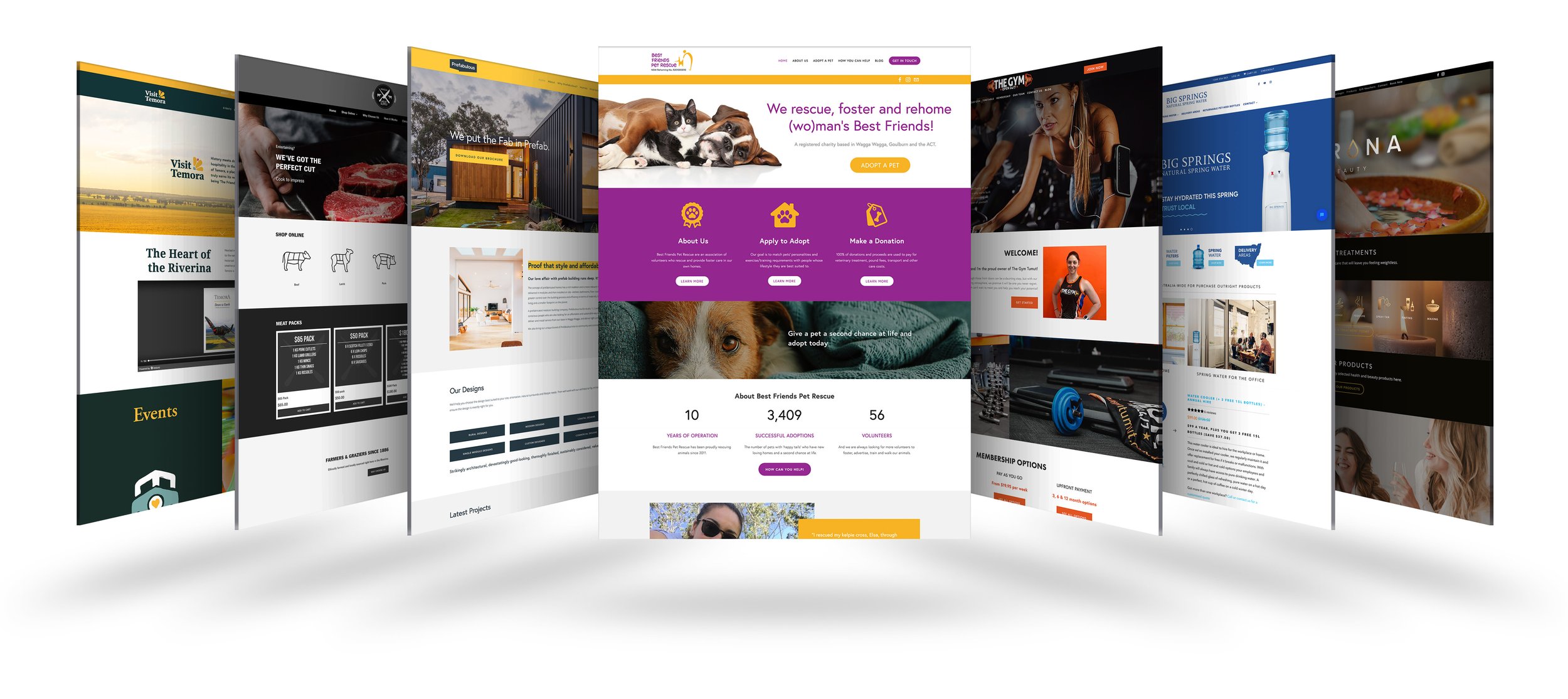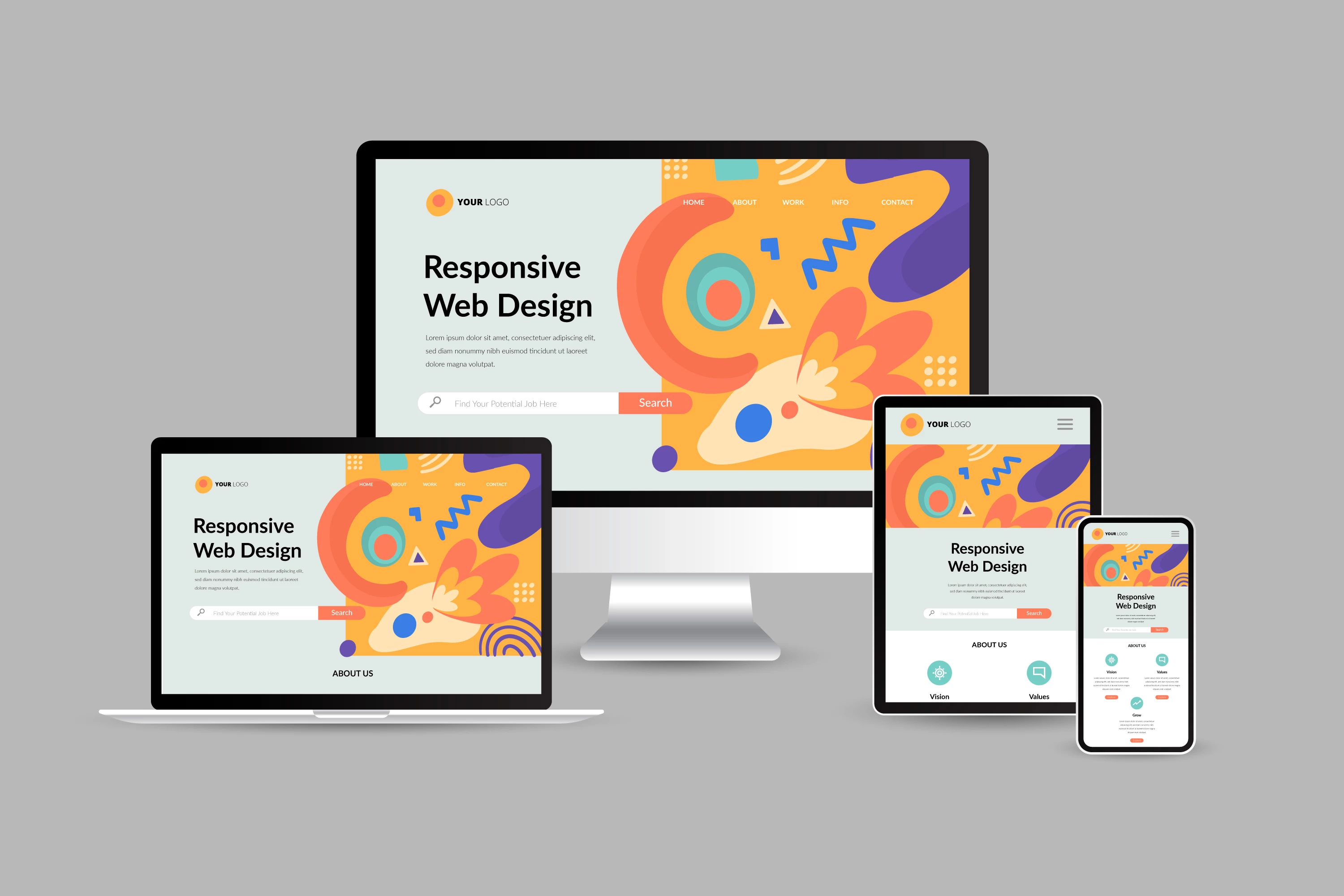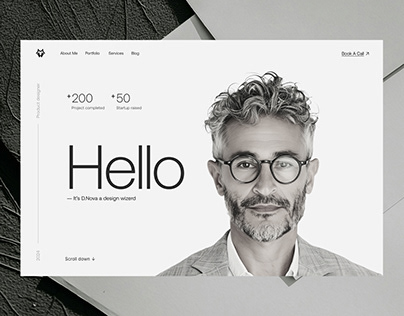Reasonably-Priced and Top-Tier Website Design for Small Business Owners
Reasonably-Priced and Top-Tier Website Design for Small Business Owners
Blog Article
Leading Tips for Developing an Impactful Web Site Layout That Converts
In today's digital landscape, the significance of an impactful web site style can not be overstated, especially when it comes to converting visitors into customers. To achieve this, one have to think about a range of factors, consisting of understanding the target audience, prioritizing customer experience, and optimizing for mobile systems. The calculated usage of engaging call-to-actions and a distinct visual pecking order plays a crucial duty in directing users via their trip. As we explore these essential components, it comes to be apparent that the success of your website hinges on even more than simply looks; it requires a thoughtful approach to style and functionality.

Understand Your Target Audience
Recognizing your target audience is basic to efficient site style, as it lays the foundation for creating an engaging customer experience. Identifying that your customers are, including their demographics, preferences, and behaviors, enables developers to tailor the internet site's web content, format, and functionality to fulfill particular needs.
Performing comprehensive market research study is crucial in this procedure. Surveys, interviews, and analytics can give valuable understandings into user assumptions and discomfort points. By assembling this information, developers can produce user personas that stand for various sectors of the audience, making sure that design decisions are notified and relevant.
Moreover, recognizing the target audience assists in picking ideal design components such as color pattern, typography, and images that resonate with individuals. A web site that speaks directly to its target market fosters a feeling of connection and count on, urging longer sees and higher conversion prices.
Eventually, a user-centered technique to internet site layout not only boosts individual fulfillment yet additionally supports company objectives by driving involvement and loyalty. By focusing on the demands and preferences of the target audience, a web site can effectively serve its function and achieve wanted outcomes.
Prioritize Individual Experience
To improve the general effectiveness of a website, focusing on customer experience (UX) is necessary (Website Design). A well-designed UX guarantees that visitors can navigate the website effortlessly, find details quickly, and involve with material meaningfully. This leads to raised individual complete satisfaction and greater conversion rates
Begin by executing user-friendly navigation. Menus ought to be rationally structured, permitting users to find crucial areas of the site with minimal initiative. Consistency in design elements, such as color design and fonts, cultivates knowledge, which is essential for keeping user engagement.
Additionally, take into consideration the loading speed of your internet site. A hold-up of simply a few secs can cause substantial drop-offs, as individuals are less most likely to wait on a slow-loading web page. Streamlining pictures and enhancing code can boost performance and retain visitors.
By prioritizing customer experience, you not only create a much more delightful atmosphere for visitors however also strengthen your brand name's trustworthiness. Eventually, a focus on UX is an investment in the long-lasting success of your web site.
Enhance for Mobile Gadgets
Optimizing for mobile phones is essential in today's electronic landscape, where an increasing variety of users gain access other to internet sites through smartphones and tablets. A mobile-friendly layout not just improves user experience however likewise plays a significant function in enhancing search engine positions. To achieve this, it is vital to adopt a responsive design that instantly adapts to numerous screen sizes and positionings.

Filling speed is an additional crucial variable; mobile customers are generally much less client and anticipate fast access to details. Enhance images and take advantage of web browser caching to enhance performance. Test your internet site on numerous gadgets and display resolutions to recognize and correct any type of prospective usability problems. By prioritizing mobile optimization, you make sure that your internet site remains competitive and efficiently engages a more comprehensive target market.
Use Compelling Call-to-Actions
A web site's performance often depends upon its capacity to direct site visitors towards desired actions, making compelling call-to-actions (CTAs) important elements of style. CTAs serve as the pop over to this site pivotal points that guide individuals to involve with the website, whether that implies purchasing, enrolling in a newsletter, or downloading a resource.
To produce effective CTAs, quality is vital. Use succinct language that plainly interacts the activity you desire the individual to take.
Moreover, the design of CTAs must stand out without being noticeable. Utilize contrasting shades and clear font styles to ensure they capture attention. Additionally, take into consideration utilizing directional hints, such as arrowheads or pictures, to direct customers towards these switches. By focusing on these elements, organizations can significantly improve user interaction, driving conversions and eventually achieving their web site's objectives.
Focus on Visual Power Structure
Reliable internet site layout counts heavily on a well-structured aesthetic power structure that overviews users via material flawlessly. By organizing elements in a way that prioritizes info, developers can enhance customer experience and help with decision-making. This involves using dimension, color, comparison, and spacing tactically to accentuate the most important elements of a website.
Making use of bigger font styles for headings and subheadings establishes a clear distinction between various sections, enabling individuals to check content effortlessly. Furthermore, employing different colors for buttons and calls-to-action can catch individual focus and motivate communication. Whitespace is one more essential element; it stops mess and makes it possible for users to concentrate on key messages without distractions.
Pictures and graphics need to complement the text while likewise sticking to the recognized pecking order, reinforcing the general message (Website Design). Consistency in style components, such as shade systems and typography, further enhances the aesthetic power structure, making navigating intuitive

Final Thought
In conclusion, effective site layout requires a detailed understanding of the target audience, prioritization of customer experience, and mobile optimization. Ultimately, a well-executed web site style offers YOURURL.com as a crucial component in driving customer actions and achieving service purposes.
Report this page